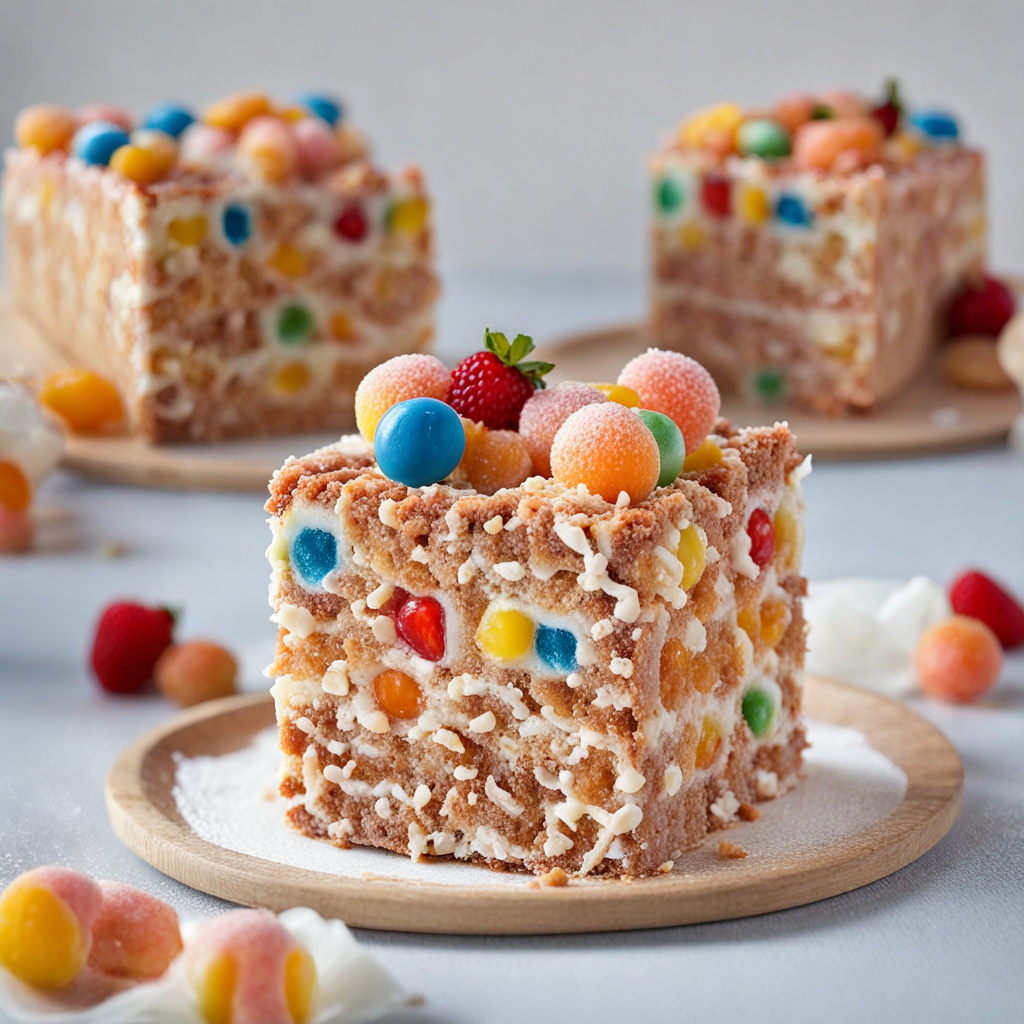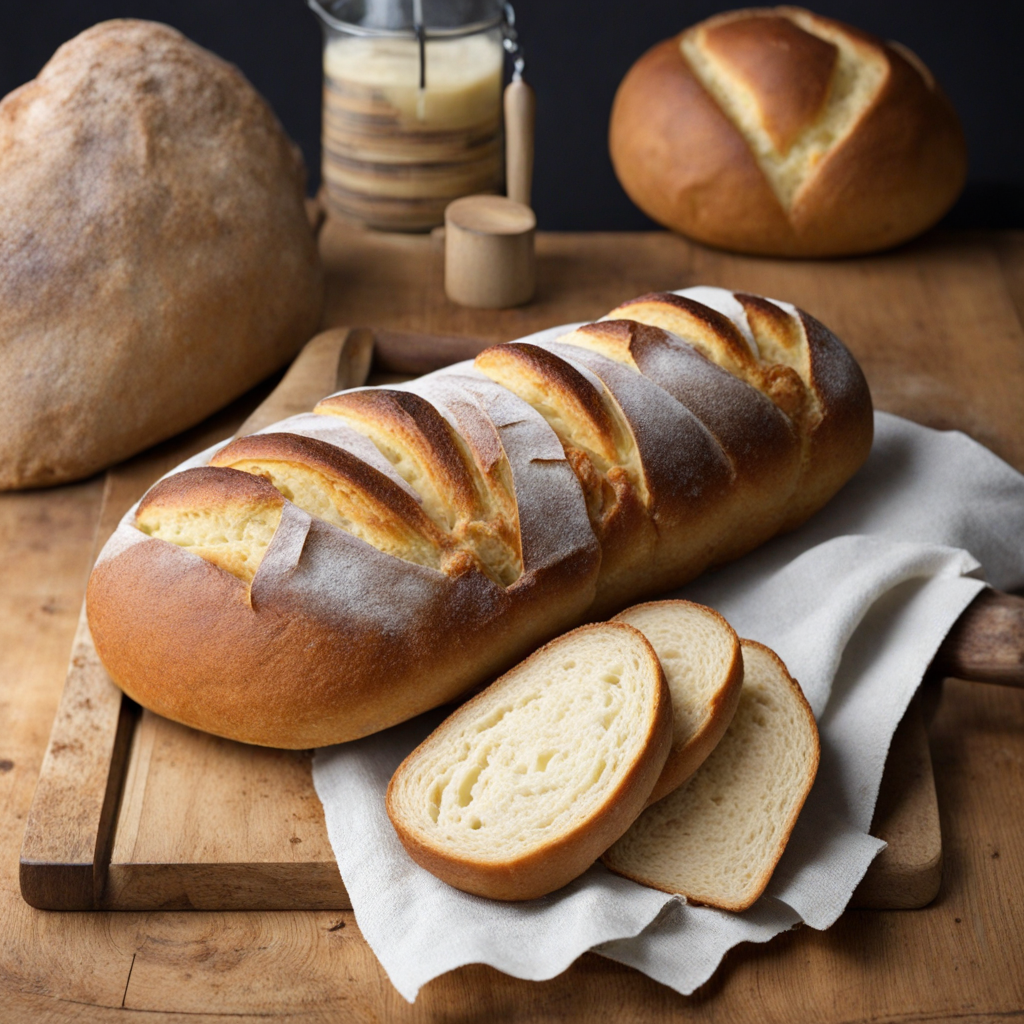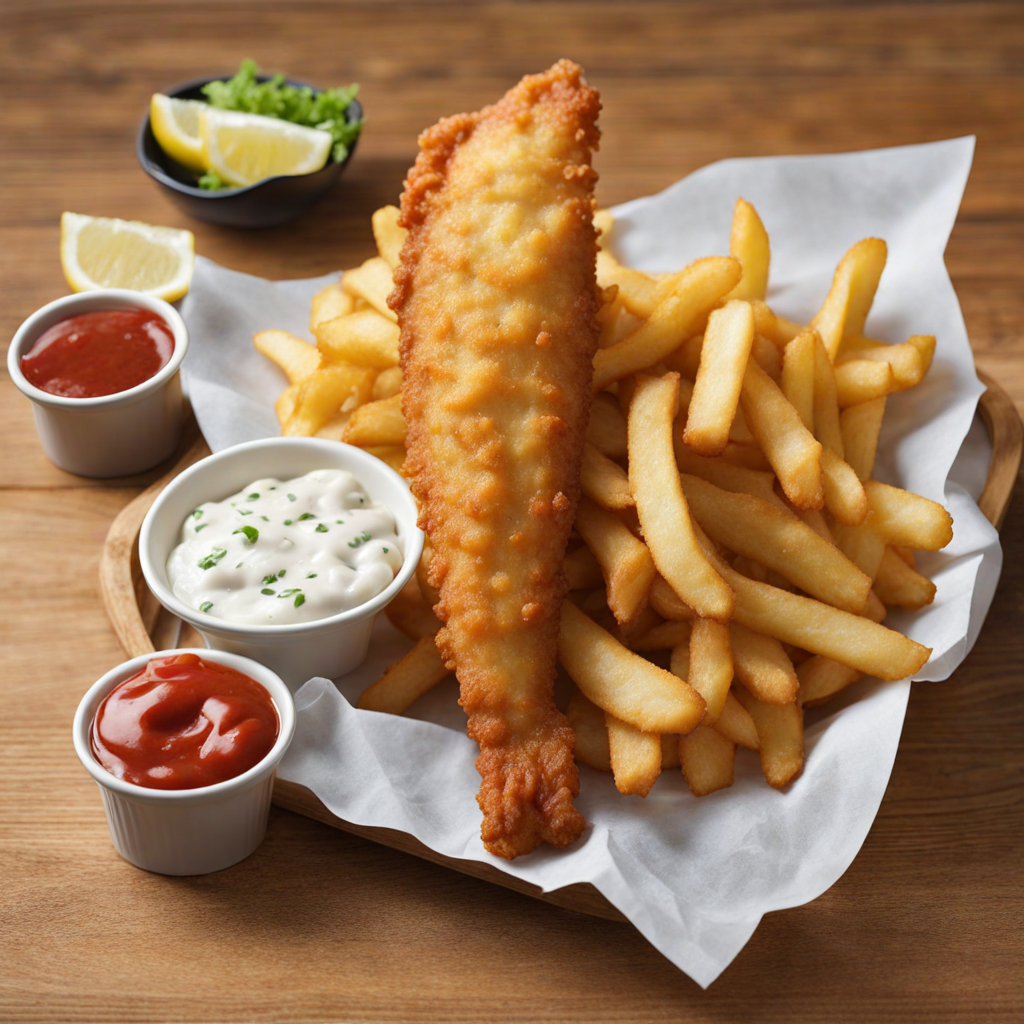Anzac Biscuits
Anzac Biscuits are a delightful treat that hails from New Zealand, characterized by their golden-brown hue and crunchy texture. These biscuits are made primarily from rolled oats, flour, sugar, coconut, butter, and golden syrup, creating a rich and satisfying flavor profile. The combination of oats and coconut provides a unique chewiness, while the golden syrup adds a subtle caramel-like sweetness that perfectly balances the biscuit's overall taste. Each bite brings a warm, comforting flavor that is reminiscent of home-baked goodness, making them an ideal snack for any occasion. The preparation of Anzac Biscuits is relatively simple, yet the result is a deliciously addictive cookie that is perfect for dunking in tea or coffee. The ingredients are mixed together and then shaped into small rounds before being baked to perfection. The baking process enhances the natural flavors, creating a fragrant aroma that fills the kitchen, inviting everyone to indulge. The texture is slightly crisp on the outside while remaining chewy in the center, creating an irresistible contrast that keeps you reaching for more. Traditionally, these biscuits were sent by wives to soldiers in the ANZAC (Australian and New Zealand Army Corps) during World War I due to their long shelf life. Today, they symbolize comfort and nostalgia, offering a taste of history with every bite. Whether enjoyed as a mid-afternoon snack, a lunchbox treat, or shared among friends, Anzac Biscuits are a delicious way to experience a slice of New Zealand’s culinary heritage, bringing people together through their simple yet profound flavors.
How It Became This Dish
Anzac Biscuits: A Delicious Legacy of History and Culture Anzac biscuits are not just a treat; they are a symbol of resilience, camaraderie, and national pride for both New Zealand and Australia. Originating during a time of war, these sweet, chewy cookies have a rich history intertwined with the Anzac spirit, which stands for the Australian and New Zealand Army Corps. This narrative explores the origins, cultural significance, and evolution of Anzac biscuits through time. Origins: A Wartime Connection The story of Anzac biscuits can be traced back to World War I. As young men enlisted to fight for their countries, their loved ones, particularly women, sought ways to support them. The harsh realities of war meant that soldiers needed sustenance that was nutritious, durable, and easy to transport. Traditional baked goods often spoiled or crumbled during long journeys. In response, women began experimenting with recipes that could withstand the rigors of transport and remain edible for extended periods. The key ingredients of Anzac biscuits—oats, flour, sugar, coconut, butter, golden syrup, baking soda, and water—were chosen for their long shelf life and energy-providing qualities. The use of rolled oats, in particular, was significant; they were not only nutritious but also provided a chewy texture that helped the biscuits retain moisture during transport. The traditional preparation method involved combining the dry ingredients, melting the butter and syrup, and mixing everything together before baking. This straightforward process made it accessible for many home bakers. Despite the cookies being referred to as “Anzac biscuits,” it wasn’t until the 1920s that they began to be commonly associated with the Anzac Day commemorations. Anzac Day, celebrated on April 25th, marks the landing of Australian and New Zealand troops at Gallipoli in 1915. The day serves as a poignant reminder of the sacrifices made during the war, and Anzac biscuits became a part of the commemoration, symbolizing the connection between those on the home front and the soldiers at the front lines. Cultural Significance: A Symbol of Resilience and Remembrance Anzac biscuits have transcended their humble beginnings to become emblematic of the Anzac spirit—the values of courage, endurance, and mateship. They are more than just a sweet treat; they represent the resilience of those who faced adversity and the deep bonds forged during times of crisis. In both New Zealand and Australia, the biscuits are often prepared and served during Anzac Day ceremonies, school events, and family gatherings, reinforcing a shared national identity. The biscuits also embody the spirit of generosity and community. During World War I, women from various communities would come together to bake and send these biscuits to the frontline, creating a network of support and solidarity. This tradition continues today, as many bake Anzac biscuits not just for personal enjoyment but as a way to honor the past and remember those who served. In Australia, the recipe for Anzac biscuits has become a staple in kitchens across the nation. They are often made to share at school events, community gatherings, and even as a fundraising item for various causes. The popularity of the biscuits has led to numerous variations, including the addition of chocolate chips, nuts, or dried fruits, but the traditional recipe remains cherished for its simplicity and historical significance. Legal Protections and Modern Recognition As the cultural significance of Anzac biscuits grew, so did the need to protect their legacy. In 1993, the Australian government established regulations that restrict the use of the term "Anzac" in food products. This legal framework aims to preserve the authenticity of Anzac biscuits and protect them from commercialization or misrepresentation. Only products that adhere to specific guidelines regarding ingredients and preparation can be marketed under the Anzac name. In New Zealand, a similar respect for the Anzac tradition is evident. Although the regulations may not be as stringent as in Australia, there is a strong cultural emphasis on maintaining the integrity of the Anzac spirit in all commemorative activities. The biscuits are often featured prominently in New Zealand’s Anzac Day observances, further solidifying their place in the national consciousness. Evolution Over Time: From Ration to Treat Over the decades, Anzac biscuits have evolved from a wartime necessity to a beloved treat available in cafés, bakeries, and homes across New Zealand and Australia. Modern recipes may vary significantly from the originals, with some bakers adding contemporary twists such as gluten-free alternatives or vegan options, ensuring that everyone can partake in this culinary tradition. The biscuits have also gained international recognition, finding their way into the hearts and homes of people far beyond the shores of New Zealand and Australia. With the advent of globalization and the internet, recipes and stories about Anzac biscuits have spread, allowing people worldwide to learn about this unique piece of culinary history. This global appreciation underscores the universal themes of sacrifice and remembrance, resonating with various cultures and communities. Conclusion: A Legacy of Flavor and History Anzac biscuits are more than just a delicious dessert; they are a testament to the enduring spirit of those who fought and sacrificed during World War I. Rooted in community, resilience, and remembrance, these biscuits embody the values that continue to define the identities of New Zealanders and Australians alike. They serve as a delicious reminder of the past while evolving to meet the tastes of modern generations. As we bake and share Anzac biscuits, we celebrate not only their rich history but also the bonds of friendship and solidarity that transcend borders and time. In every bite, we taste the sweetness of remembrance and the strength of community—a legacy that will continue to be cherished for generations to come.
You may like
Discover local flavors from New Zealand







